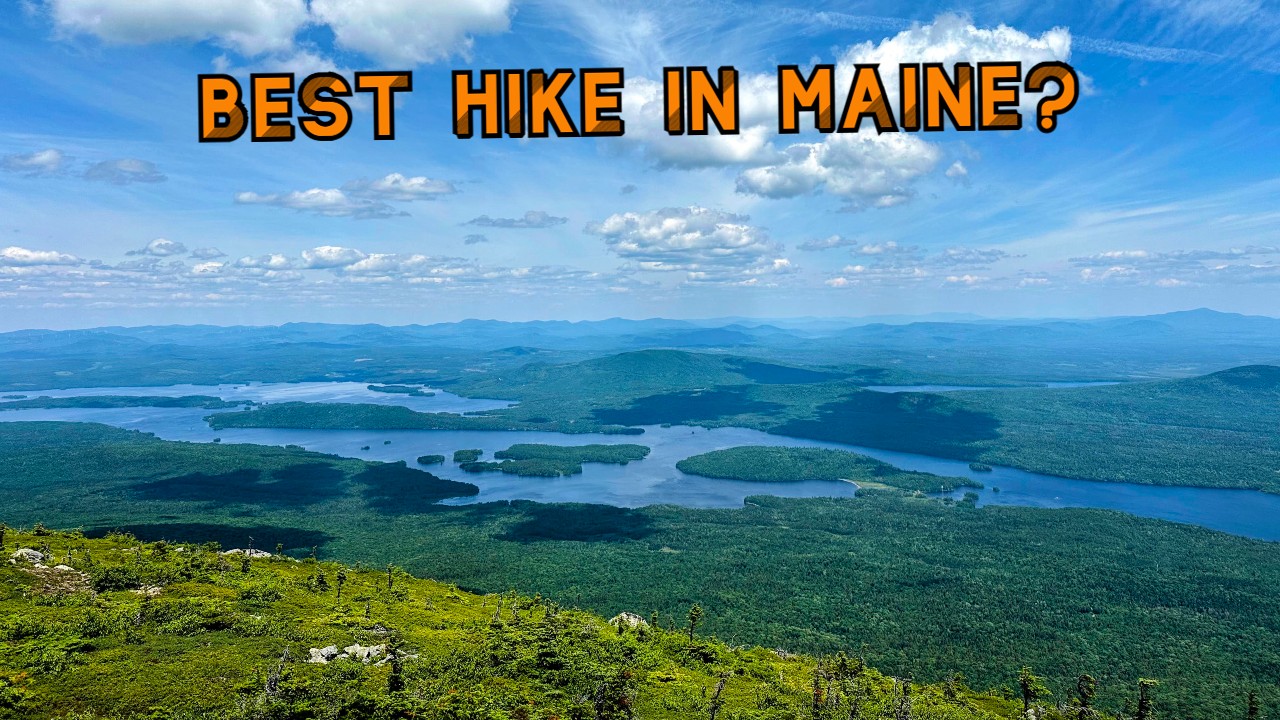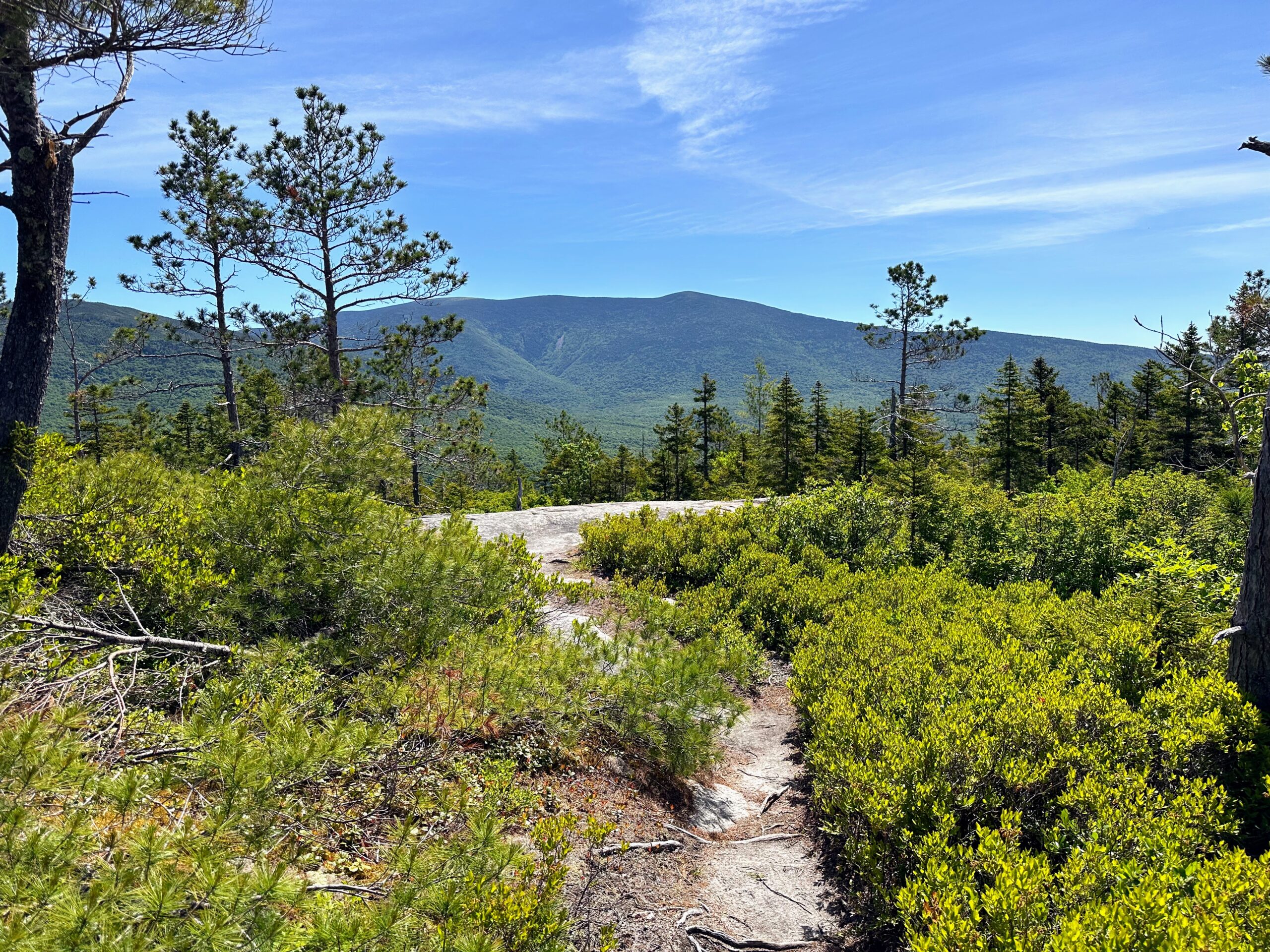Exploring America’s Stonehenge – Paleolithic Ruins in New Hampshire
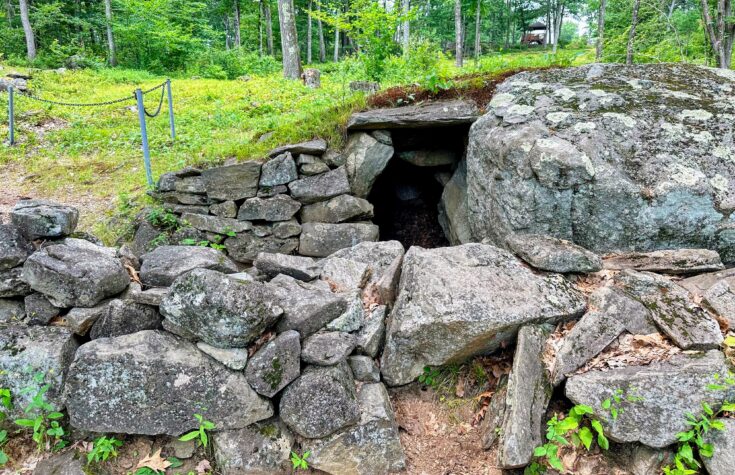
Ancient paleolithic sites full of history with an air of mystery. These are reserved for sites in Europe, Mexico and the American West right?
Well, there’s actually a number of sites right in the Eastern US. From the Cahokia Mounds in Illinois to Serpent Mound in Ohio, and even in New Hampshire at America’s Stonehenge.
Join us as we visit this alleged ancient site and visit a brewery on the way back.
Transcription
America’s Stonehenge is located in Salem, New Hampshire. It is privately owned. It isn’t a state park or national historic site.
Full disclaimer, a lot of the site’s past is a bit muddled. While they did discover charcoal dating from 4000 bce, due to continuous manipulation of the site, it is unclear just how authentic the ruins and calendar stones are. While the land has definitely been used by native Americans with artifacts dating back hundreds of years and afterwards was a farm in the 1800s, the real controversy starts in 1937 when William Goodwin buys the property and opens it to the public as Mystery Hill.
It is unclear how much of the site originally existed and exactly how much was built or reconstructed by Goodwin. It is also unclear if the original structures were made by previous owners to store goods in the 1800s.
Stonehenge is also a misnomer as there has been no definitive proof of any connection to paleolithic sites like Stonehenge in England.
However, fire pits dated back to 2000 bce and undated stone tools have been found on the site along with numerous Native American artifacts.
So while it is inconclusive on the origin of the structures themselves, it is apparent this has been the site for human settlement for a long time.
That being said – Your Money Your Life. At the very least it is an interesting offbeat excursion.
America’s Stonehenge
Admission costs $18 per adult with various discounts for kids and seniors.
You start off at the visitor center which features a small gift store, some displays explaining the history of the property as well as many artifacts excavated from the site.
There’s then a small theater with a short video explaining the history of the property and what has been found.
Before you exit, there’s an awesome map showcasing other paleolithic sites across the world – definitely a lot more in the US than I expected.
Exploring the Ruins
Upon exiting, it is a short hike through a wooded area to the main site. From here there’s a loose designated path to explore the ruins with plaques with numbers referring to some context behind what you’re looking at. Good to note that these are all educated guesses, but there’s structures including wells, drainage basins, and religious based buildings and shrines.
It was a lot of fun to explore the stone structures, including being able to travel through several of them.
There’s also a “sacrificial stone” but there is no evidence it was actually used for human or animal sacrifices and evidence points that this could actually either a lye-leeching stone to extract lye for soap production or a cider press bed stone. Both of which would be artifacts you’d expect to find on a colonial New England farm (which in my opinion is way cooler).
This all culminates at a recently constructed wooden platform so you can get a look at the calendar stones marking different celestial events such as the solstices and equinoxes.
From there you’re off to explore the wider calendar which is a much larger area. This part is kind of more of a nature hike, walking through a semi-groomed field while you pass out different stone markers.
At the end, they saved the best part for last. Alpacas! You get to meet a pair of them and you can even buy some knitted products at the gift shop.
Final Thoughts
Overall, this took us just an hour and half to get through.
I thought it was a pretty fun experience, and even with the history of the site being murky, someone at some point put these structures together – be it paleolithic man, colonial farmers or or Aliens. It was still fascinating and offered plenty of learning opportunities (like how carbon dating works). Just maybe go into it with a grain of salt.
Corner Point Brewing Company
Afterwards, we headed to Corner Point Brewing in Berwick Maine, just across the border of New Hampshire.
Corner Point is in an old brick building with a modern brewery interior with plenty of space. While we didn’t grab food they did have a menu featuring bar food including nachos, empanadas and pretzels, as well as flatbread pizzas, sandwiches and paninis.
We got a flight and headed to their super nice back patio, which has a great view of the Salmon Falls River.
My favorite was the Old Town Blonde, which is made with coffee beans. Normally, coffee flavors are reserved for stouts, but there’s something just nice about smooth coffee flavors in a blonde ale.
The Down the Hatch Amber Ale was also great, made with New Mexico Hatch chilis, giving the beer a robust and slightly spicy smooth pepper flavor.
Corner Point is a great stop if you’re passing by this area.
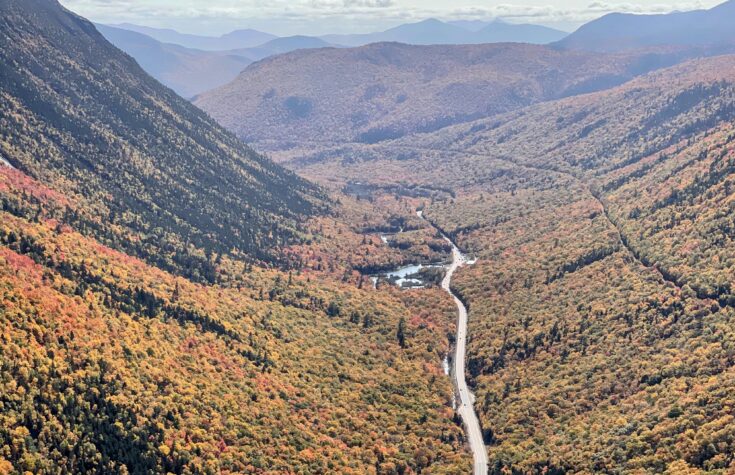
Ultimate Fall Road Trip in the New Hampshire White Mountains
The White Mountain National Forest - 1,225 square miles of wilderness, waterfalls, epic hikes and one of the best places to view the fall foliage in the United States. In this video, I will outline a 3 day itinerary, including when to visit for peak color, how to get there and how to get around, where to stay, what to see and options for accommodations.
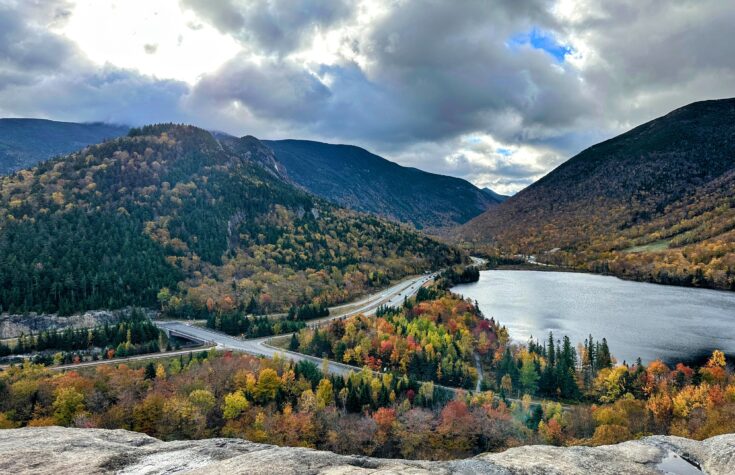
Artist’s Bluff Fall Hike – Tips & Info
Artist’s Bluff. One of the most iconic viewpoints of the White Mountains of New Hampshire in breathtaking fall. So iconic that you can expect the mountain to be swamped with people during peak hours in Autumn. Join us as we hike Bald Mountain and Artist’s Bluff and learn tips to beat the crowds, what the terrain is like, what to wear - and if you’re allergic to crowds, some alternative hikes.
